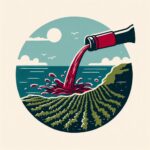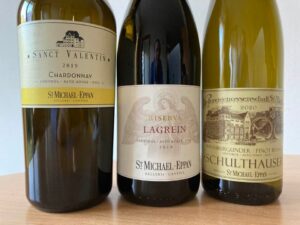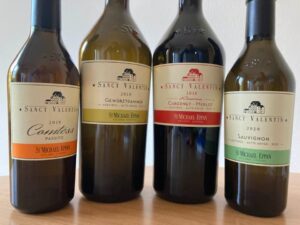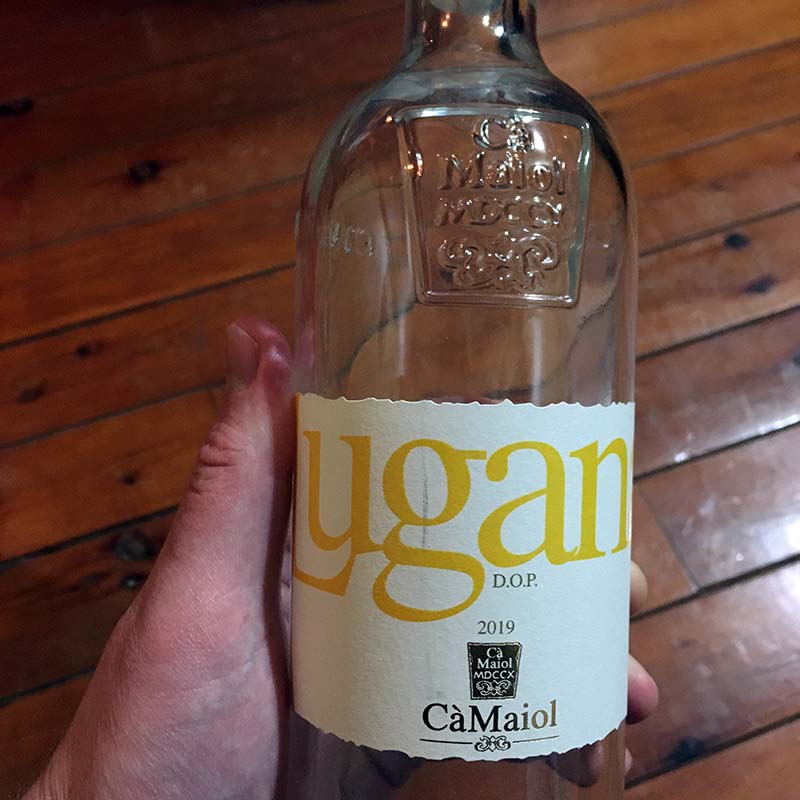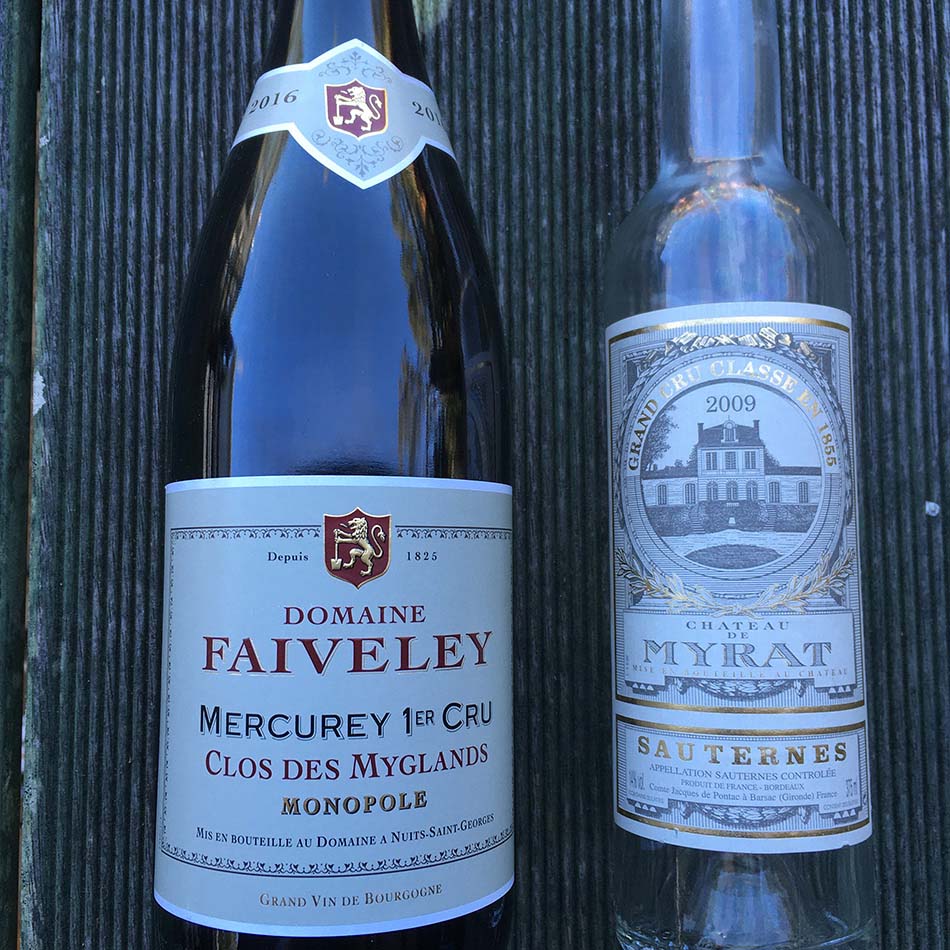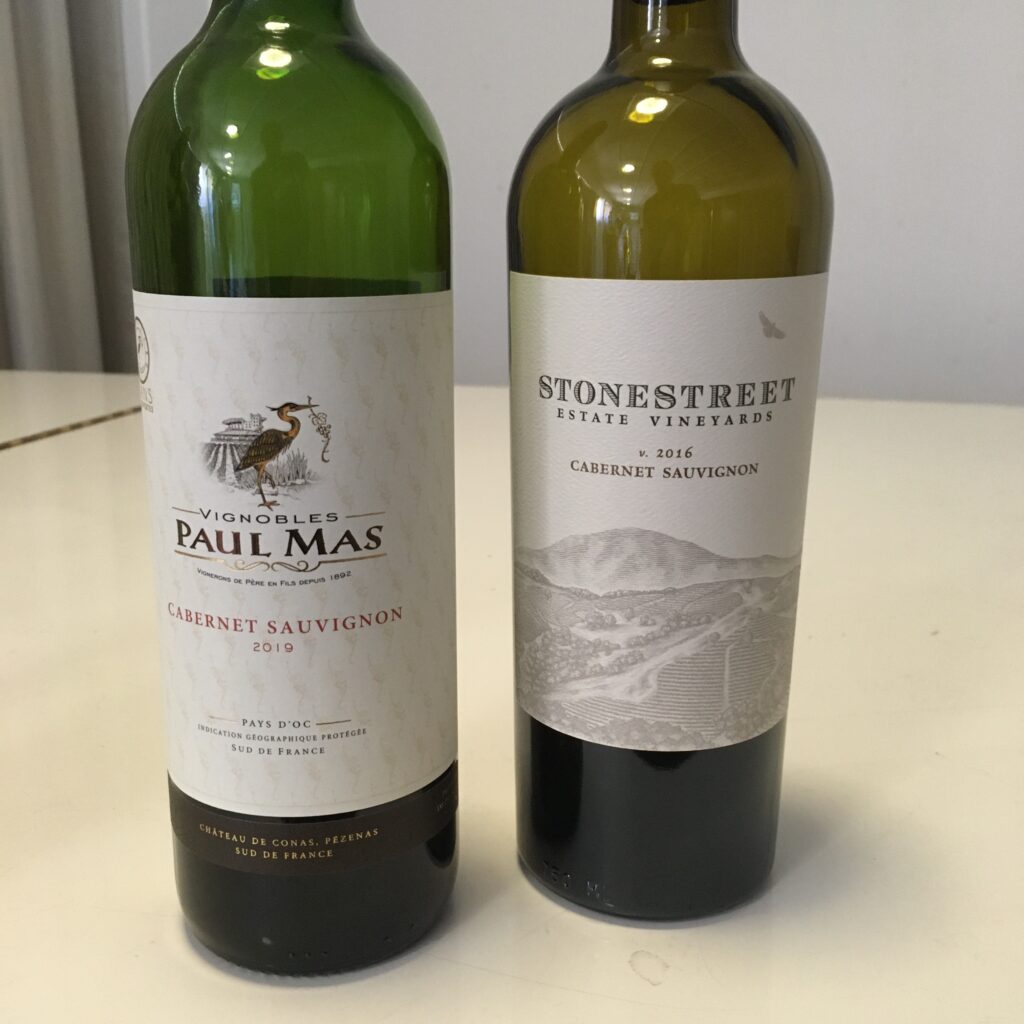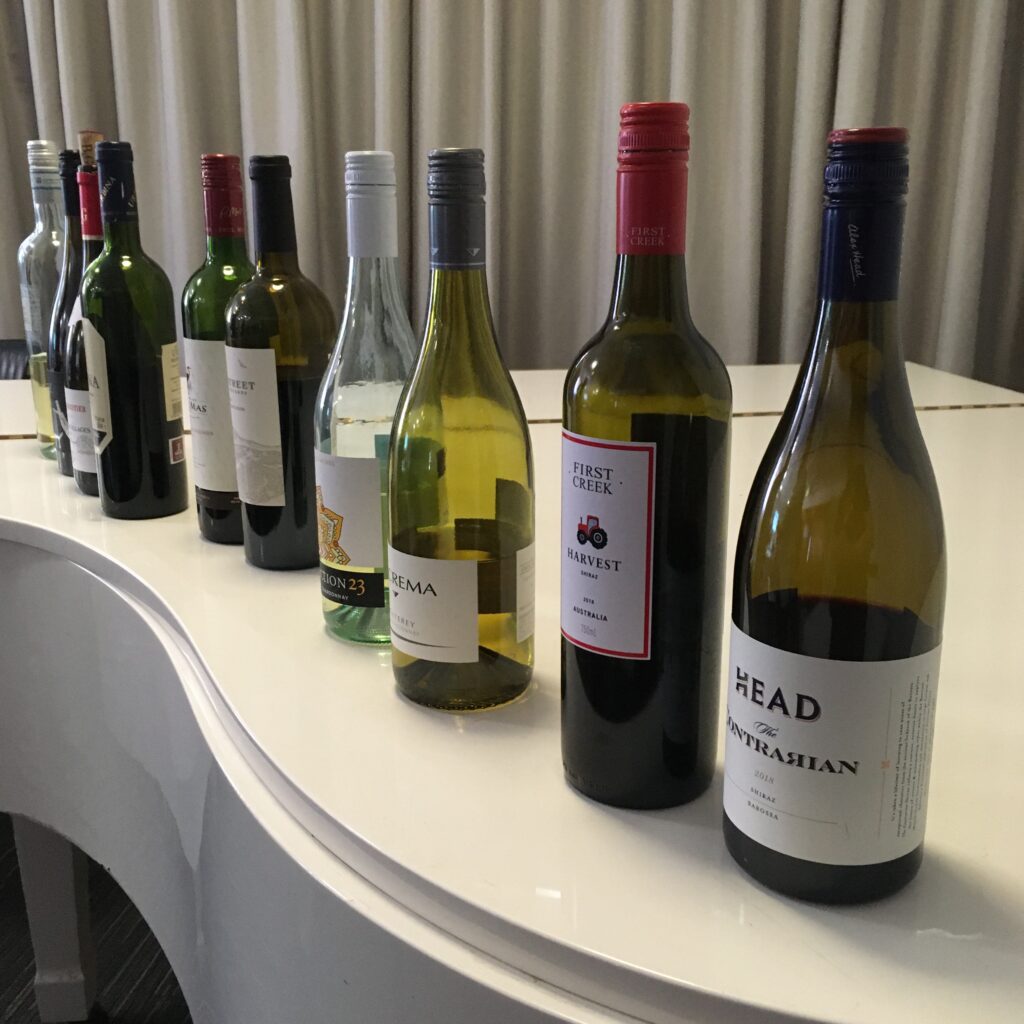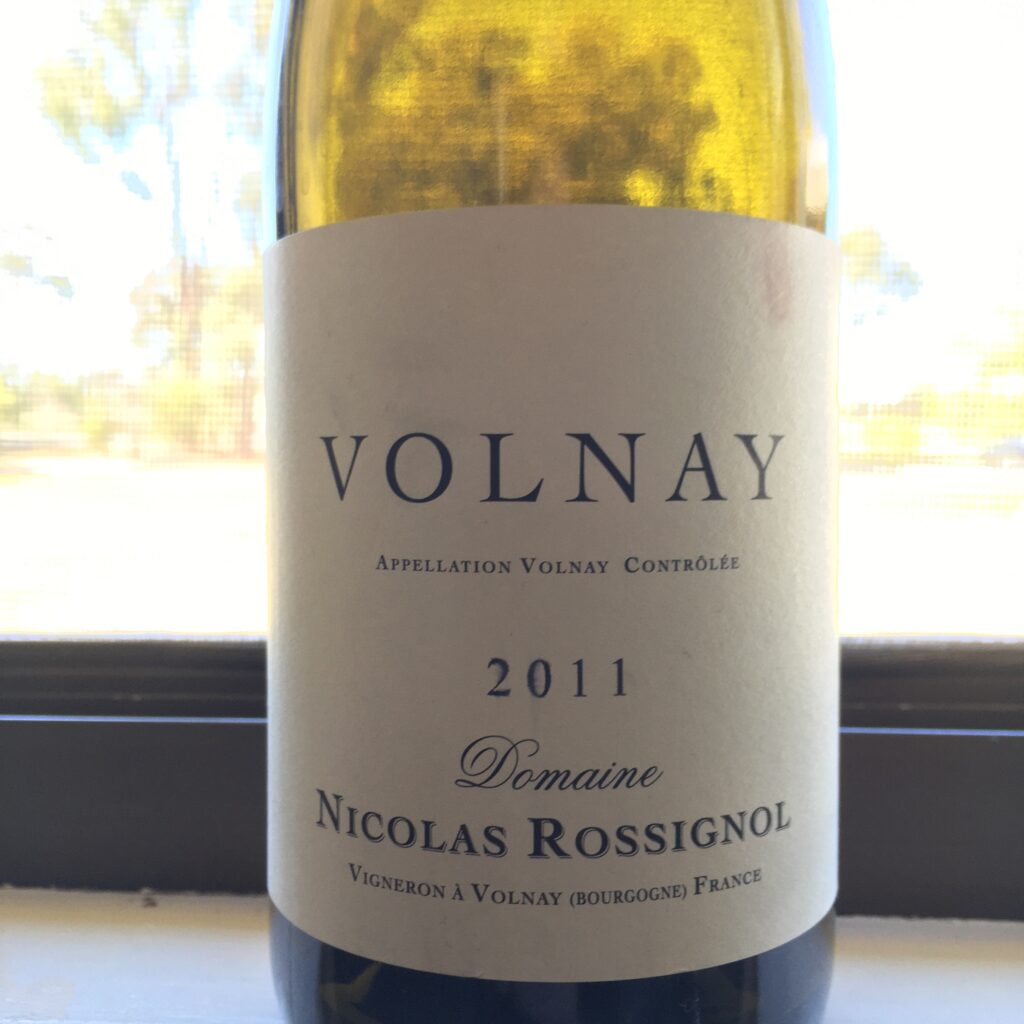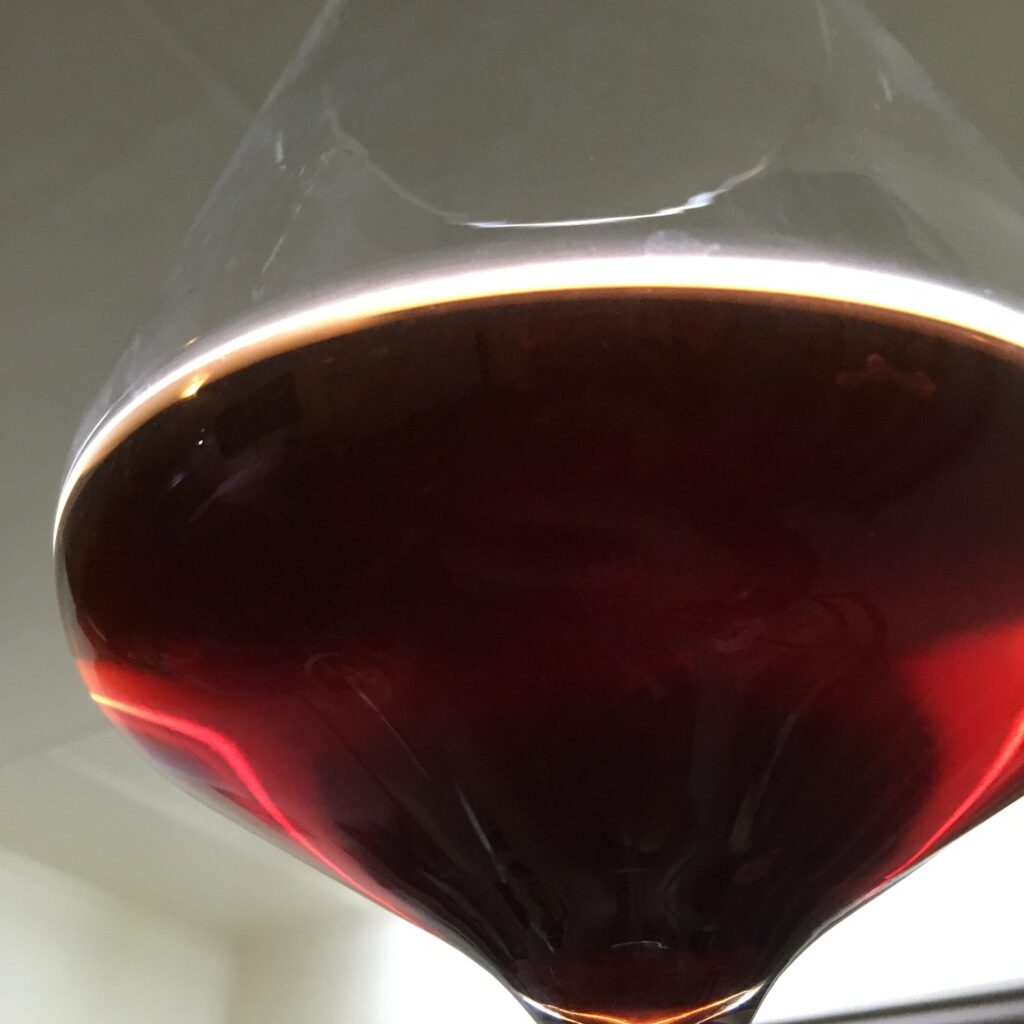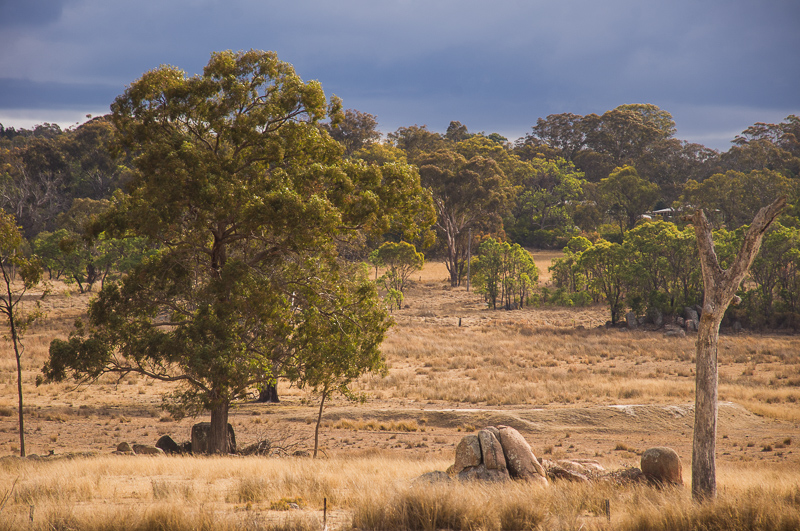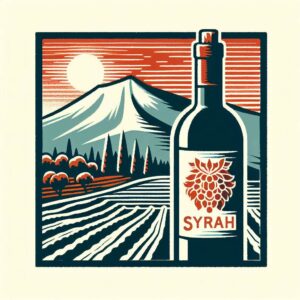
For whatever reason, Syrah is not really a variety I had associated with Sicily. Equally, somewhat stubbornly I guess, I was perhaps predisposed to dislike it given its status there as an international variety. Sicily has so many unique autochthonous varieties not found elsewhere, you could argue, so why plant one that’s found (nearly) everywhere else warm enough to properly ripen it?
I was wrong, of course. (I often am. It’s a talent.)
Of course, one should not overlook the region’s unique autochthonous grapes, such as Nero d’Avola, Nerello Mascalese, and Carricante. Nero d’Avola produces many excellent everyday wines that pair wonderfully with various foods, while Nerello Mascalese and Carricante, especially on Mt Etna, are capable of profundity and outstanding beauty.
Perhaps surprisingly, Syrah seems to thrive in Sicily. Currently, there are 5,284 ha planted on the island, so a lot to try! Initially, I assumed the warm climate would yield a generic “New World” style Syrah. However, some of the Sicilian Syrahs I’ve tried have been relatively medium-bodied and savoury. The Oxford Companion to Wine notes that ‘Syrah shows particular potential in the province of Palermo, with Peter Vinding Diers’ Montecarrubo near Modica probably the finest, if not exactly underpriced.’ (I’ve not been able to try this specific wine yet.) The same reference mentions Sicily’s diverse soils, elevations, and mesoclimates, suggesting that there are sites on the island that are just perfect for Syrah.
I’ve not been able to track down much regarding the history of the grape in Sicily, except that the suggestion made by some that the grape originated in Syracuse, Sicily seems to be not correct. It seems to have first been planted in the mid-19th century, and increased in popularity during the late 20th century. It would be interesting too to know more about the specific terroirs that suit the grape in Sicily. Hopefully, further reading should provide more information and a further post in the future.
The wines
Cantina Nicosia
While contemplating writing this article, I managed to try a number of different Syrah from Sicily. I contrast them here with a couple of Syrah from other parts of the world. We’ll start with the Sicilians first, though — and with two vintages of Cantina Nicosia’s ‘Fondo Filara’ Sicilia Syrah. These are very good value wines that should be relatively easy to find in supermarkets here in Italy and thus represented the first example of Sicilian Syrah that I got to try.
2021 Cantine Nicosia ‘Fondo Filara’ Sicilia Syrah
Tasted 4th May 2023
Colour: medium purple
Nose: medium(+) intensity, secondary, youthful. Red and black plum, Davidson’s plum, plum jam. Pomegranate, cranberry. Lots of spice: maybe nutmeg, cinnamon, cloves, green peppercorn. Touch of old oak. Balsamic vinegar.
Palate: medium tannins (very fine grained and smooth), medium(+) acidity, medium alcohol (13%), medium bodied. Medium(+) intensity, medium length finish. Red and black plum, Davidson’s plum, plum jam. Pomegranate, cranberry. Lots of spice: maybe nutmeg, cinnamon, cloves, green peppercorn. Touch of old oak. Balsamic vinegar.
Conclusions: very good, and hence very good value at 9,70 €. Quite a distinct style of Syrah. Can drink now, but suited to further ageing.
2022 Cantine Nicosia ‘Fondo Filara’ Sicilia Syrah
Tasted 10 April 2024
Colour: medium purple
Nose: medium intensity, secondary, youthful. Red and black plum, mulberry jam, blackberry jelly, fruiti di bosco. Touch of black pepper. Maybe some green olive on first opening. Sweet spice, cocoa.
Palate: dry, medium(+) acidity, medium(-) tannins, medium alcohol (13%), medium(-) bodied. Red and black plum, mulberry jam, blackberry jelly, fruiti di bosco. Touch of black pepper. Some greenness that maybe is green olive or maybe is lime and celery. Sweet spice, cocoa.
Conclusions: good? Maybe picked just a touch early, presumably to keep the alcohol at ~13%? Can drink now, but suited to further ageing. P&P (pop&pour), not decanted.
Seal: technical cork
DAY 2: better than yesterday! The lime character has become a bit better integrated, and overall it’s smoothed out a bit. Decent medium-bodied Syrah. Still not as good as I remember the 2021 being, though.
A few other Sicilian Syrah
We can then move on to another couple of wines found via the exhaustive and rigorous method of searching online. The first comes from the town of Monreale on the slopes of Monte Caputo, and the winery describes it as having a ‘clima intensamente caldo ma ventilato’ (hot but windy climate).
2022 Sallier de la Tour Sicilia Syrah
Tasted 8th March 2024
Colour: medium(+) purple
Nose: medium(-) intensity, secondary, youthful. Red and black plum, bramble, mulberry. Touch of blackberry jam? Cedar, nutmeg, cloves, cinnamon. Black pepper?
Palate: dry, medium tannins, medium(+) acidity, medium (13,5%) alcohol, medium bodied. Medium intensity, medium length finish. Red and black plum, bramble, mulberry. Touch of blackberry jam? Cedar, nutmeg, cloves, cinnamon. Black pepper?
Conclusions: good. Can drink now, but suited to further ageing. P&P (pop&pour), not decanted.
Seal: Normacorc Select Green 100 synthetic cork
2020 Castellucci Miano Terre Siciliane Syrah
Tasted 6th March 2024
Colour: medium purple
Nose: medium(+) intensity, secondary, youthful. Red and black plum, bramble, mulberry, blackberry jam. Black pepper. Prunes, blackberry fruit leather. Nutmeg, cinnamon, cough syrup, cedar.
Palate: dry, medium acidity, medium tannins, high alcohol (14%), medium(+) bodied. Medium(+) intensity, medium(+) length finish. Red and black plum, bramble, mulberry, blackberry jam. Black pepper. Prunes, blackberry fruit leather. Nutmeg, cinnamon, cough syrup, cedar.
Conclusions: very good. Can drink now, but suited to further ageing. P&P (pop&pour), not decanted. From vineyards at 400-500m asl near Valledolmo, on the south-western slopes of the Madonie mountains.
Seal: VINC+ technical cork
Interlopers… ?
And, finally, some interlopers. The first is a wine from a Côtes du Rhône village in the very southern part of the northern Rhône, where wines made from 100% Syrah are permitted. The second is from a French-Australian collaboration in a cooler part of Victoria, which often produces new world wines with a more ‘old world’ flair. Both are producers whose wines I’ve tried previously and always enjoyed.
2021 Eric Texier Côtes du Rhône-Brézème
Brézème (Livron-sur-Drôme), northern Rhône valley, France
Tasted 16th May 2024
Colour: medium purple
Nose: medium intensity, secondary, youthful. Red plum, redcurrant, cranberry, pomegranate. Red cherry. Violets, maybe lavender. Crisp, fresh red fruit. Crabapple. Bramble. Cedar, nutmeg, cinnamon. Touch of cough syrup.
Palate: dry, medium(+) acidity, medium tannins, medium alcohol (12,5%), medium bodied. Medium intensity, medium(+) length finish. Red plum, redcurrant, cranberry, pomegranate. Red cherry. Violets, maybe lavender. Crisp, fresh red fruit. Crabapple. Bramble. Cedar, nutmeg, cinnamon. Touch of cough syrup.
Conclusions: very good! Can drink now but suited to further ageing. P&P (pop&pour), not decanted. 100% Syrah.
Seal: natural cork.
2014 Domaine Terlato & Chapoutier ‘Saddleback’ Pyrenees Shiraz
Pyrenees, western Victoria, Australia
Tasted 17th November 2023
Colour: intense ruby
Nose: medium(+) intensity, secondary, developing. Red and black plum, bramble, blackberry jam, plum jam. Pomegranate. Juniper berry, bergamot, lavender. Cedar, oak, balsamic vinegar, sweet spice.
Palate: dry, medium(+) acidity, medium tannins, high alcohol (14,5%), medium(+) bodied. Medium intensity, medium length finish. Red and black plum, bramble, blackberry jam, plum jam. Pomegranate. Juniper berry, bergamot, lavender. Cedar, oak, balsamic vinegar, sweet spice.
Conclusions: very good. Can drink now, but suited to further ageing. My first Australian wine this year and my first Australian Shiraz since last December. This is obviously Australian, but with a French interpretation.
Seal: natural cork
DAY 2: similar to yesterday, but maybe a bit more rich and plush than I remembered — just a bit more “new world”. Plum jam, and now maybe leather. Still lovely!
Final thoughts (for now…)
I guess that, in wine just as in any aspect of life, it’s instructive to sometimes re-evaluate our preconceptions and subject them to some kind of scrutiny. Maybe a wine style previously dismissed appreciated will become a new favourite. Our tastes evolve, and sometimes the examples we’ve encountered weren’t as representative as we assumed.
In this case, my idea that Syrah would not benefit from the climate here or produce anything beyond a generically decent warm-climate Shiraz were well worth re-evaluating. Thankfully, I was wrong.
Perhaps it’s the soil, perhaps it’s the mix of altitudes, or the specific microclimates, but Sicilian Syrah does have something to say and it’s something specific to the region. It isn’t rehashed copies of other wine styles, it’s its own thing. Isn’t that the best one can hope for in a wine?
